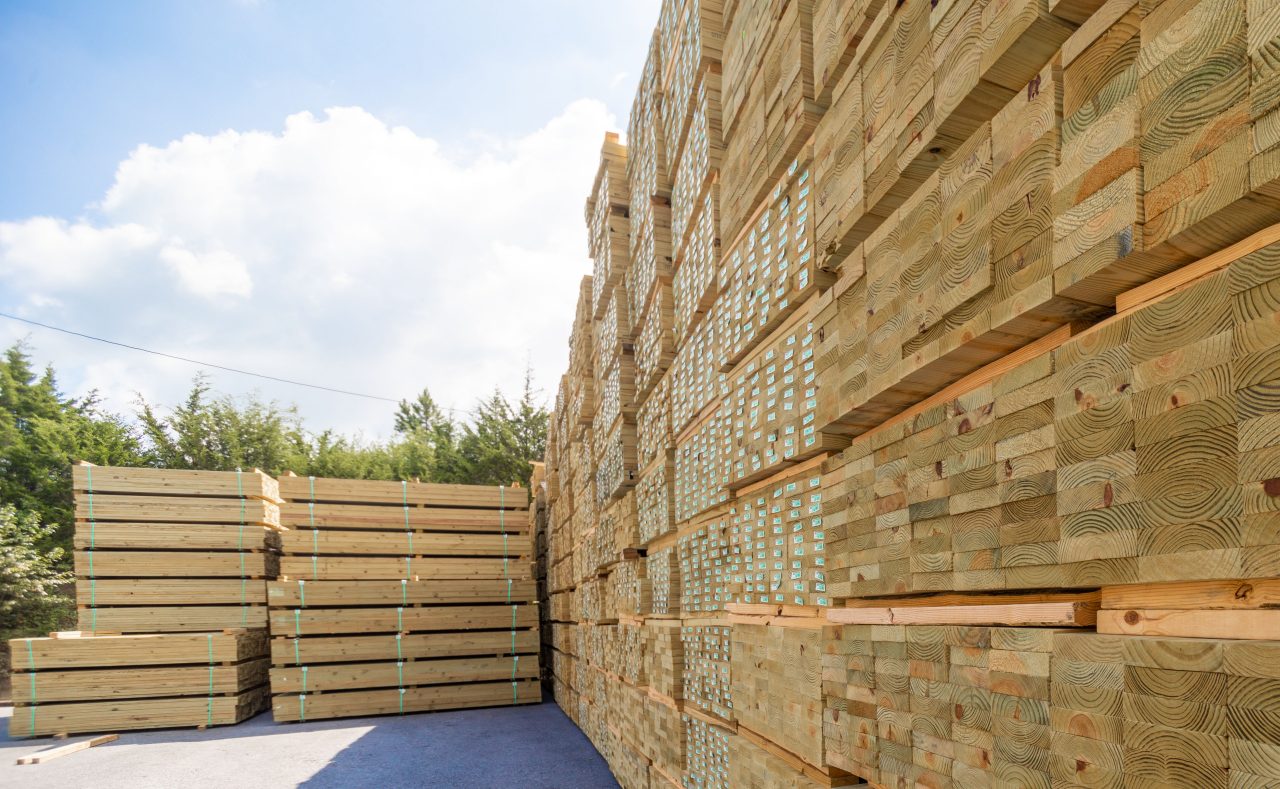Antiblu® and Mycostat® FAQs
• What products are included in the AntiSapstain product line?
In addition to sapstain control, the AntiBlu® line includes defoamers, brighteners, insecticides, and end sealers.
• Do these products work for hardwoods and softwoods?
Yes. There could be differences for specific applications, but the AntiBlu® line has products that cover both hardwoods and softwoods, as well as lumber and logs.
• Why should I have confidence in these products?
Arxada’s AntiBlu® line of wood protection products have a well-established history of successful sapstain control with active ingredients that have been used extensively in the Americas, Australia and Europe. AntiBlu® products are produced and sold by Arxada, licensor of the Wolmanized® brand and established experts in wood protection.
• How safe are AntiBlu® products for my employees to be around?
As with all registered pesticides, care should be taken to use protective gear while pumping, agitating and transferring product. However, with proper protection and product knowledge, AntiBlu® is worker-friendly and easy-to-use products.
• What precautions should we take?
Safety glasses and chemical resistant gloves are sufficient. If, however, you are transferring or pumping a lot of concentrate, an apron and face shield are advisable. Refer to the label of more information.
•Is it compatible with my existing solution from another supplier?
AntiBlu® products are compatible with many other products; however it is always best to clean out equipment and start fresh when changing to a new anti-sapstain product. Contact technical support for more information.
• How often should I clean out my dip tank?
It is advisable to clean tanks once a year provided there is a roof covering the tank. Heavier usage demands more frequent cleaning.
• How often should I check the solution with my test kit?
This is dependent upon usage. As a general rule, it is best to check twice per shift or, if your usage is less frequent, before using the solution for treatment.
• Who should I contact if I have a problem with worker exposure or spills?
Call the 24-hour emergency response line For incidents only (spill, leak, fire, exposure, or accident), call CHEMTREC:
1-800-424-9300 (Inside North America) [CCN 864796]
1-703-741-5970 (Outside North America) [CCN 864796]
• What types of documentation do I need to keep regarding chemical usage and dilution records?
Though not required, it is beneficial to record species and board footage data, as well as the amount of AntiBlu® concentrate added to the solution. This information allows you to monitor the conditions of your solution at all times.
• Does EPA or OSHA have any special requirements for using AntiBlu® products in dipping operations?
There are no specific regulatory requirements that must be met prior to commencing dip operations. However, there are several issues that should be addressed when treating via a dip system:
• Treaters should make provisions for secondary containment for dipping vat and any other chemical storage areas
• Drip pad/pan should be made available so that excess treating solution can be properly collected prior to storing lumber on yard
• Dipping vat and drip pad/pan should be covered and protected from stormwater exposure. Any runoff could potentially impact the facility’s compliance with its stormwater permit. As with all industrial process chemicals, any waste generated should be properly managed and disposed of.
• What are my reportable quantities, if any, with Antisapstain concentrate on my property?
The current ingredients do not have any reportable quantities. Facilities need to be aware of SARA 312 and 313 reporting requirements. Under SARA 312 requirements, a facility must report chemical storage quantities that equal or exceed 10,000 lbs, or extremely hazardous substance (EHSs) equal or exceeding 500 lbs, or the Threshold Planning Quantity (TPQ), whichever is smallest. SARA 313 requires a Toxic Release Inventory (TRI) reporting for individual material uses of 25,000 lbs or more. Reporting for 313 would be for propiconazole and 3-iodo-2-propynl butyl carbamate.

